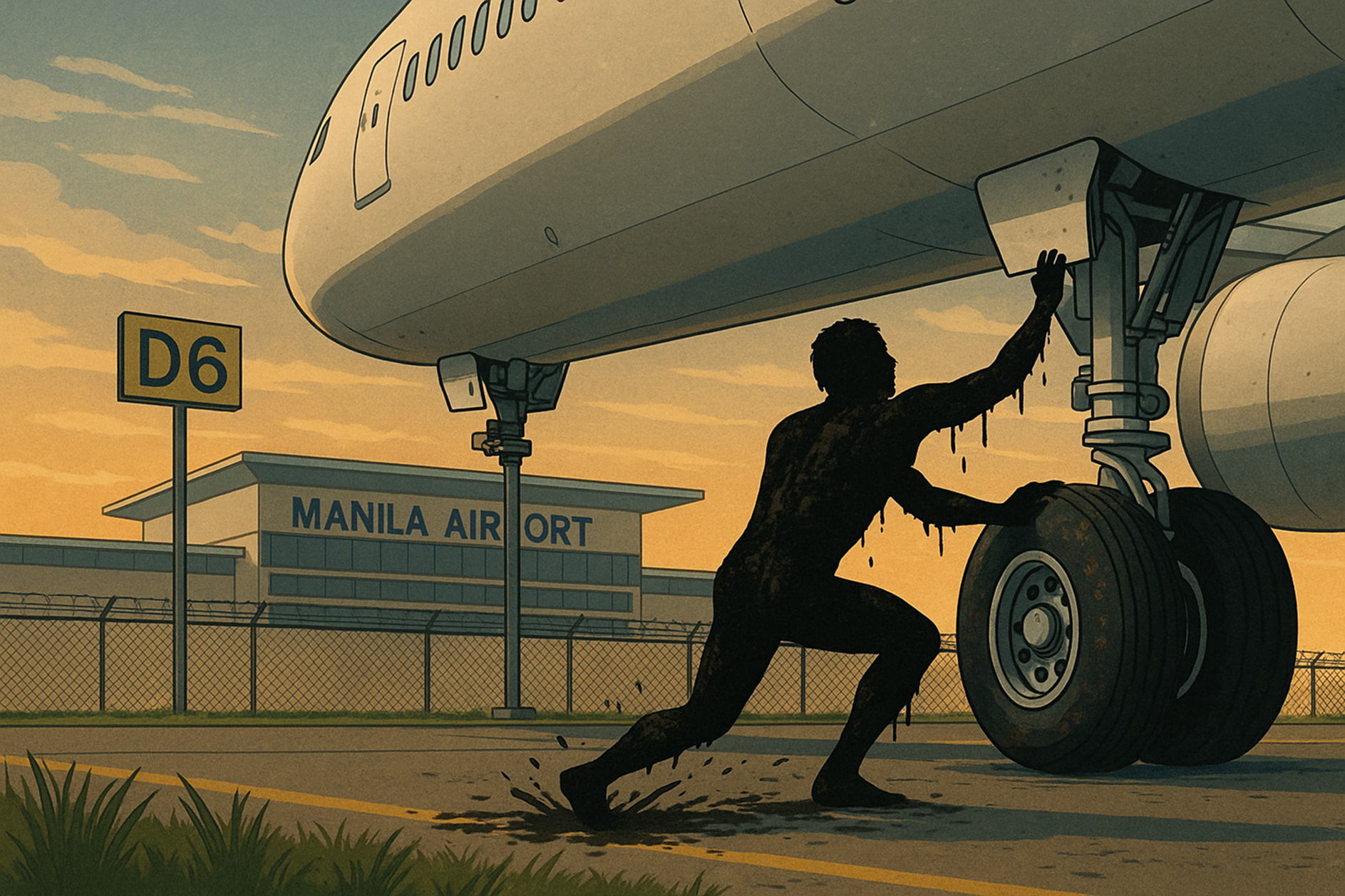5 Common Roof Repairs in South Lanarkshire and How to Avoid Them
Prevent major roof repairs in South Lanarkshire by recognising common issues early. Learn what to look for and how to keep your roof in good shape.

South Lanarkshire homeowners know the importance of keeping a roof in good condition, especially with the unpredictable Scottish weather. From strong winds sweeping across open fields to the regular rainfall that tests the durability of roofing materials, it’s not uncommon for roofing issues to appear earlier than expected. Left unchecked, minor problems can develop into expensive repairs. But understanding the most frequent roofing concerns—and how to prevent them—can save homeowners considerable stress and money in the long term.
Below, we explore five of the most common roof repairs in South Lanarkshire, what causes them, and proactive steps you can take to keep your home dry and protected.
1. Broken or Slipped Roof Tiles
The issue:
Broken, cracked, or slipped roof tiles are perhaps the most widespread concern among homeowners in the area. Tiles bear the brunt of high winds and freezing temperatures, particularly during winter. Over time, they may become dislodged or damaged due to age, impact from falling debris, or natural wear and tear.
Warning signs:
-
Noticeable gaps or misaligned tiles
-
Water stains on ceilings or in loft spaces
-
Granules from tiles gathering in gutters
Why it matters:
Even one missing tile can compromise the waterproof barrier of a roof. Water can seep in, causing wood rot, ceiling stains, and potentially encouraging mould growth.
How to avoid it:
-
Have your roof inspected annually, especially before and after winter.
-
Replace any visibly damaged tiles quickly—what starts as a small crack can worsen with frost.
-
Trim overhanging tree branches to reduce impact damage.
2. Damaged Flashing Around Chimneys and Vents
The issue:
Flashing is used to seal and protect joints where roofing meets other structures—like chimneys, skylights, and vent pipes. When flashing is cracked, corroded, or poorly installed, it can lead to leaks that go unnoticed for long periods.
Warning signs:
-
Damp patches around chimney breasts
-
Dripping sounds in lofts after rain
-
Visible rust or lifting of the flashing material
Why it matters:
Flashing plays a critical role in preventing water ingress. Once compromised, water can penetrate deeply into your home’s structure.
How to avoid it:
-
Ensure any new installation work uses lead or other weather-resistant materials.
-
After heavy storms, inspect flashing for movement or visible gaps.
-
Include flashing in your regular roof maintenance checklist.
3. Blocked or Overflowing Gutters
The issue:
Although technically part of the roof’s drainage system, blocked gutters are a common contributor to roofing damage. When gutters are filled with leaves, moss, or other debris, water has nowhere to go. This can lead to water pooling at roof edges or running down walls.
Warning signs:
-
Overflowing water during rain
-
Sagging gutter sections
-
Green stains or algae on exterior walls
Why it matters:
Overflowing gutters allow water to back up under roof coverings or penetrate fascia boards. Over time, this accelerates timber rot and encourages damp.
How to avoid it:
-
Clean your gutters at least twice a year—spring and autumn are ideal.
-
Install gutter guards to minimise leaf build-up.
-
Check for proper alignment and secure brackets to prevent sagging.
4. Leaks from Flat Roof Sections
The issue:
Many homes in South Lanarkshire—especially extensions or garages—feature flat roofing. These are particularly susceptible to pooling water, UV damage, and membrane shrinkage. Over time, water can start seeping through the protective layers.
Warning signs:
-
Damp patches on ceilings below flat roofs
-
Bubbling or blistering on roof membranes
-
Pooling water after rain
Why it matters:
Flat roofs have limited drainage, and even minor issues can lead to widespread leaks. The interior damage they cause can be extensive if not caught early.
How to avoid it:
-
Choose high-quality materials like GRP or EPDM for flat roofs.
-
Ensure proper drainage design during installation.
-
Have the surface checked annually, looking for blisters or pooled water.
5. Roofing Felt Deterioration Under Tiles
The issue:
The underlay or felt beneath your roof tiles acts as a secondary waterproofing layer. Over time, especially with older roofs, this material can deteriorate, leading to hidden leaks. Many homeowners are unaware of the problem until major damage has already occurred.
Warning signs:
-
Musty smells in lofts
-
Unexpected leaks despite intact roof tiles
-
Evidence of sagging or damp felt is seen from the loft
Why it matters:
When the felt underlay fails, your home relies entirely on tiles for protection. Any minor fault in the tile layout can lead to water entry.
How to avoid it:
-
For older roofs, consider a professional survey to assess the condition of the underlay.
-
During roof repairs or partial retiling, ensure the underlay is also examined and replaced if needed.
-
Don’t ignore small leaks or unexplained damp patches—they may signal deeper issues.
How South Lanarkshire’s Climate Affects Roof Longevity
The varied weather conditions in South Lanarkshire—including frequent rainfall, occasional snowfall, and strong winds—mean that even high-quality roofing installations are tested regularly. Prolonged exposure to moisture combined with temperature fluctuations can weaken roof components over time.
Choosing local roofing specialists who understand the area’s conditions is crucial. They’re better equipped to recommend materials and solutions that can stand up to South Lanarkshire’s weather, reducing the need for frequent roof repairs in South Lanarkshire.
Proactive Maintenance: Small Steps, Big Savings
Avoiding major roof repairs doesn't necessarily require costly interventions. A consistent and preventive approach can be just as effective:
-
Annual roof inspection: Ideally in spring or autumn, this helps catch small issues early.
-
Clear moss and debris: Moss absorbs water and can cause tiles to shift. Remove it professionally to avoid damaging the roof surface.
-
Check your loft: Regularly visit the loft to look for signs of leaks or light coming through the roof.
-
Hire qualified professionals: Avoid DIY repairs unless you're trained. Poorly done work can make problems worse.
Choosing the Right Help for Roofing Issues
Many local contractors provide roofing services, but not all offer the same level of reliability or expertise. Look for tradespeople who are:
-
Experienced with both pitched and flat roofing systems
-
Members of trade associations such as the NFRC or TrustMark
-
Able to provide references or examples of local work
Additionally, reputable roofing contractors will always offer a full inspection before providing a quote. Be cautious of those who recommend large-scale work without a clear explanation or visual evidence.
Budgeting for Long-Term Roof Care
Understanding typical roofing costs in the area can help you budget effectively:
-
Tile replacements: £80–£150 depending on accessibility
-
Flashing repair: £100–£300 depending on material and area
-
Flat roof resurfacing: £500–£1,500 for small to mid-size roofs
-
Full re-roof: £4,000–£8,000 for a standard semi-detached home
Preventative maintenance might cost a few hundred pounds a year, but it’s a small investment compared to emergency roof repairs in South Lanarkshire after storm damage or undetected leaks.
Conclusion: Keep Your Roof Sound, Your Home Safe
Your roof is one of the most important parts of your property, yet it's often the most overlooked. The good news is that with a little regular attention and timely care, the five most common problems—damaged tiles, flashing faults, blocked gutters, flat roof leaks, and worn underlay—can all be avoided or addressed before they cause serious disruption.
Being proactive saves money, extends your roof’s lifespan, and provides peace of mind during every storm or downpour. If you're unsure of your roof's condition or suspect a problem, contact a local roofing expert today. Early intervention could make all the difference.



















_ElenaBs_Alamy.jpg?width=1280&auto=webp&quality=80&disable=upscale#)





















![Bitten By Bed Bugs At Luxor—Rushed To Hospital, All They Did Was Waive Her Resort Fee. Now She’s Suing [Roundup]](https://viewfromthewing.com/wp-content/uploads/2025/05/luxor.jpg?#)
































